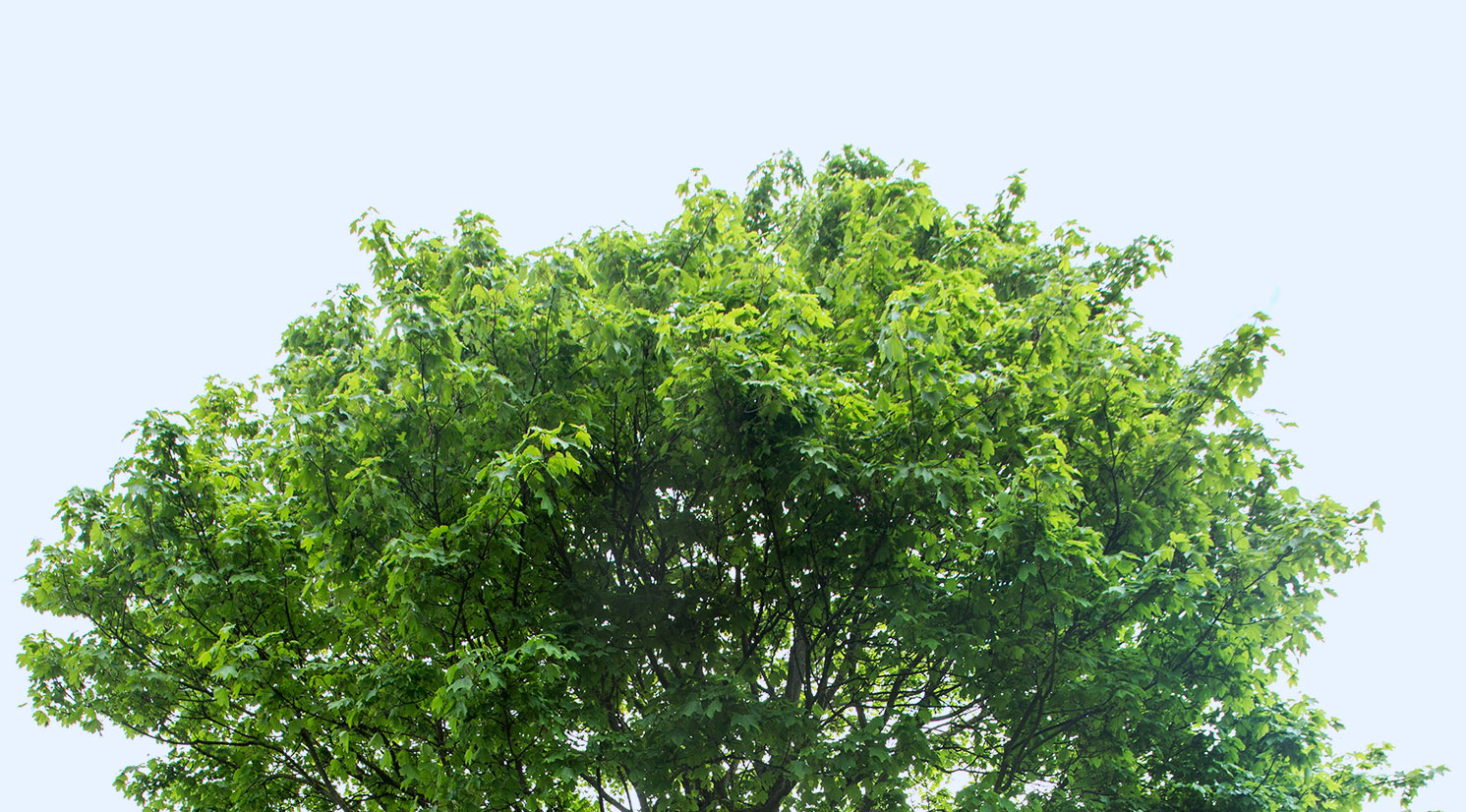Written by Leslie Wagner, Historian
In a previous blog, we shared the history behind some of the famous trees that were collected and planted by our co-founder Beman Dawes. Many of Beman’s trees were descendants from famous or well-known American trees and have died over the decades. An effort has been spearheaded to reinstate these historical trees that are in alignment with Beman’s interests or personal history. Below are a few of the confirmed acquisitions; some are even growing in our greenhouse right now!
- Joy Morton, founder of Morton Salt and The Morton Arboretum in Illinois, dedicated an American elm at The Dawes Arboretum in 1927. That elm came to his family’s “Arbor Lodge” property in Nebraska, owned by his father J. Sterling Morton. The elm died decades ago, and Arbor Lodge State Historical Park recently sent seeds from a black walnut sown at the property by Morton that will honor the original site and dedicator.
- Rufus Dawes, Beman Dawes’ brother and president of the Chicago World’s Fair in 1933/34, dedicated a Blue spruce in 1934 that came from the Fair’s horticulture exhibit. That spruce died in the 1970s and there are no remaining trees left from the Fair. However, the nursery that supplied the trees, Krider’s Nursery in Indiana, has a park in Middlebury filled with props from the Fair as well as trees from the nursery. Middlebury Parks mailed seeds from a dawn redwood located on their grounds which will represent the Fair’s supplier of plant material.
- Carl Schenck, founder of America’s first forestry school, dedicated a bur oak in 1951. The oak was native to The Arboretum’s property, but we thought we should have a tree from the Biltmore Forest School (now the Cradle of Forestry) in North Carolina. Dr. Schenck planted a seedbed of Norway spruce at the school and the seeds will be harvested from this collection by the Pisgah National Forest staff.
All these sites have been incredibly gracious in collecting plant material and sharing in the excitement of reinstating historically significant trees at The Dawes Arboretum.

